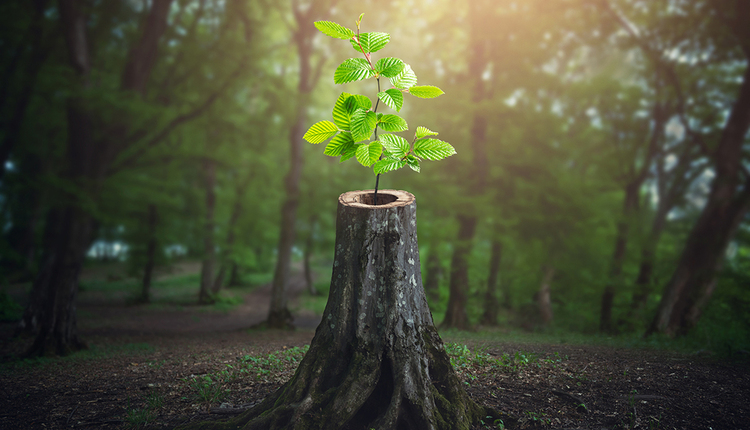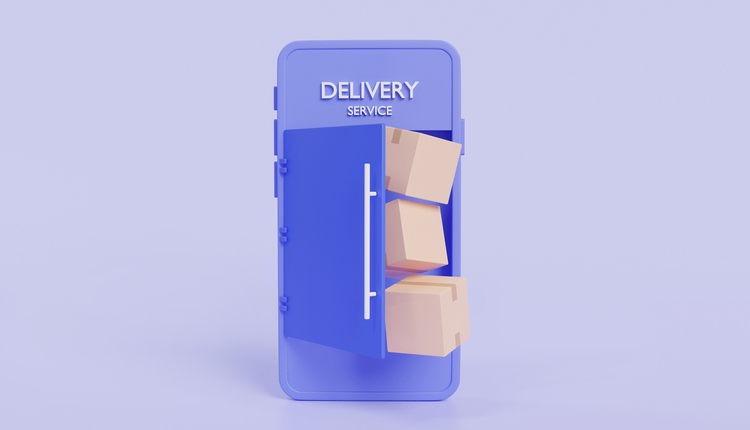Growing consumer awareness of packaging waste — and especially the impact of single-use — is driving a kind of sustainability revolution in the packaging industry. More often, consumers are asking for eco-friendly products. New trends have steadily emerged to meet these needs, and for manufacturers and businesses in the packaging industry, awareness of these trends will be essential to offering customers sustainable goods.
1. Growing Use of Recycled Materials
Despite significant efforts to encourage consumer plastic recycling, most plastic goes to landfills. National Geographic estimates more than 90% of plastic produced every year isn’t recycled. Finding ways to make recycled plastic more useful could help improve these numbers and make packaging more sustainable.
According to data from the Beverage Marketing Corporation (BMC), the use of recycled PET (rPET) plastic in water bottles rose from 3.3% to 18.2% between 2008 and 2017 — a 452% increase. Some companies have also completely substituted conventional plastics for rPET in some products.
A growing number of companies are finding ways to substitute nonrecycled plastics for rPET and similar materials. As customer demand for sustainable packaging rises, more businesses may invest heavily in their use of these materials.
2. Low-Weight Packages to Cut Production and Transport Costs
Businesses are finding that cutting down on the overall weight of a package can make their products much more sustainable. Lighter boxes are easier to transport, helping reduce the carbon footprint associated with product logistics.
Doing more with less also helps companies cut down on their total use of plastic, even if they’re not transitioning away from bottles or similar packaging just yet.
However, this change may leave some consumers disappointed. Typically, the newer packages are still made of unsustainable materials. Items like plastics and polymers are non-biodegradable, though they may be recyclable or made of recycled materials like rPET.
These lighter packages can help drive down production costs and reduce the carbon footprint associated with packaging transportation. However, this may not be enough for consumers looking for truly sustainable packaging.
There are other drawbacks to the approach, as well. Lightweight plastics may seem to have a lower environmental impact than similar containers made of glass or metal due to their weight. However, the long-term ecological effect of these plastics may not be reflected in terms of transportation emissions alone.
3. New, More Sustainable Materials
Businesses are also looking for innovative materials to cut down on the use of plastic and other less-than-sustainable materials.
There’s been a surge in the popularity of common packaging standbys, like cardboard and paper. While these materials can be resource-intensive to produce, they tend to have less of a long-term impact on the environment. Most types of paper and cardboard are biodegradable, and the average box will decompose in just two months — compared to 400 to 1,000 years for something like a plastic bag.
The box will also be broken down into soil by microorganisms and decompose in the environment. By contrast, plastic bottles will likely break down into microplastic flakes that will linger in the ground.
Other, more innovative materials are also finding new use. Bio-packaging made from biological materials like seaweed, mushrooms, and cornstarch are starting to be used experimentally. These options offer a low environmental impact and high biodegradability.
The ability to offer a range of materials is often considered a sign of a good packaging supplier. As these materials become more common, their availability may be a reliable indicator that a given supplier is taking sustainability seriously.
Some businesses are also investigating the use of reusable fabrics in place of plastic bags and similar packaging. These containers are more expensive to produce, but they offer a lower environmental impact and may be reused by consumers.
4. The Shift to Mono-Materials
Multimaterial packages are common in the food and beverage industry. They are made up of multiple materials and may have layers of aluminum foil and plastic.
These items can’t be recycled together, and separating them is often a difficult process, one that’s not cost-effective at scale. As a result, despite being made of highly recyclable materials, many of these containers go to the landfill.
Companies are beginning to experiment with new monomaterial plastic containers that can be recycled like typical plastic versions. Instead of using a mix of things that have to be separated, they use flexible plastics. These packages could reduce the amount of nonrecyclable single-use containers the food and beverage industry produces every day.
5. Material Health in Packaging Design
For a time, short-chain per- and polyfluoroalkyl chemicals (PFAS) have been indispensable as a grease-proofer in paper and cardboard food packaging. PFAS are sometimes called “forever chemicals,” as they don’t break down in the environment and have been linked to serious health issues — including high cholesterol, risk of kidney cancer and decreased vaccine response in children.
In 2019, in the face of mounting consumer pressure, chemical manufacturers agreed to begin phasing out the use of these chemicals. The switch was part of a growing trend toward what’s called material health — or the consideration of the impact packaging will have on both individual and environmental wellness.
Other chemicals, like BPAs and phthalates, are common in plastic packaging and have similarly been associated with significant health issues. Over the next few years, we may see growing consumer demand for businesses to stop using these chemicals, along with action from the public sector in the form of bills limiting their use.
How the Push for Sustainable Packaging Is Reshaping the Industry
Consumer demand for sustainable packaging is growing, and companies are investing more in new materials. Over the next few years, the use of bio-packaging and plastic-free materials will likely become a bigger selling point, pushing the industry to use them more frequently. At the same time, businesses may also find ways to decrease or eliminate the use of forever chemicals like PFAS, BPA, and phthalates.
These changes will likely help drive down emissions produced by packaging and reduce the impact on the environment.
Emily Newton is the Editor-in-Chief of Revolutionized. She regularly covers trends in the industrial sector.
This article originally appeared in the March/April, 2021 issue of PARCEL.














